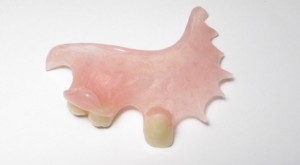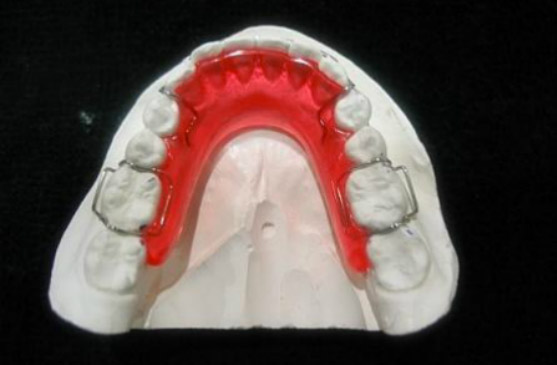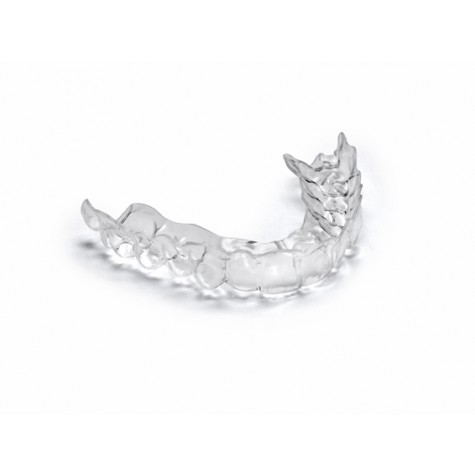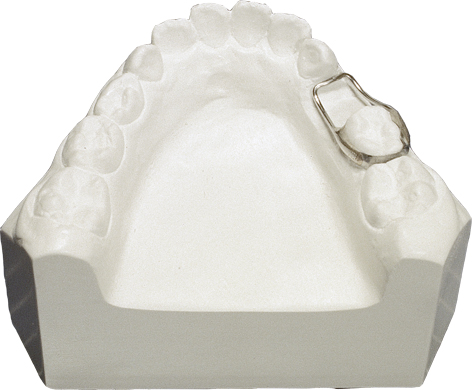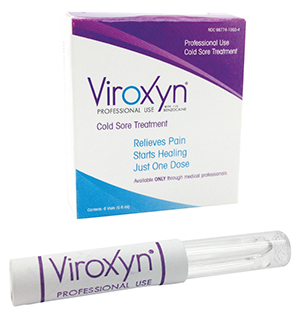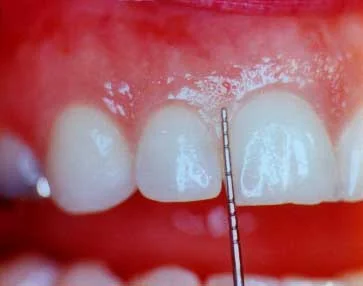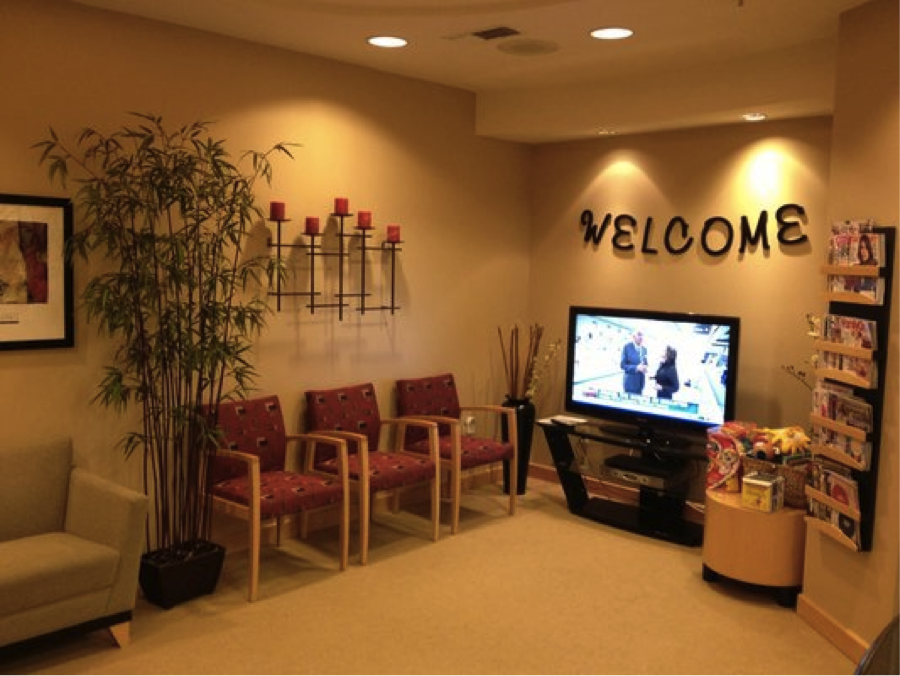Greetings, my name is Dr. Kari Ann Hong, and I have a family dentistry practice, where I see patients from all age groups. Approximately ⅓ to ½ of the population at large is affected by periodontal disease. Periodontal disease is when the bacteria in the mouth causes loss of the bone surrounding the teeth. From a patient’s perspective, gum disease can be characterized by bleeding gums, loose teeth, bad breath, and a feeling of deposits stuck to the teeth.
As a dentist, I determine if someone has periodontal disease by a combination of evaluating the bone levels and build up on a dental x-ray, measuring the gum health with something called periodontal probing depths, and by a visual inspection of the quality of the gum tissue. Periodontal probing depths are a measurement of the height of the gum tissue to where the tissue is attaching to the tooth. In health these measurements are 1-3mm. Periodontal disease is diagnosed as mild, moderate, or severe and this is primarily based on the amount of bone loss present.
I diagnose a service called scaling and root planing when the probing depths are 4mm or more, the gum tissue bleeds when touched, bone loss is present, and there is tartar build up under the gum tissue. Scaling and root planing is done with local anesthesia and is usually billed by quadrant and/or the number of appointments required to adequately remove all of the build up. In severe cases, scaling and root planing can take as many as four separate appointments.
There are some practices that will recommend procedures called irrigation, localized antibiotic placement (Arrestin), or laser treatment to help with the treatment of periodontal disease. Irrigation involves squirting an antibacterial prescription mouth wash called Chlorhexidine or Peridex around the teeth. Arrestin is an antibiotic called doxycline that is injected directly into the deeper pocket depth areas. Laser treatment involves shining a specific wavelength of light in the pocket area to kill the bacteria. In my opinion, the irrigation and Arrestin treatment are helpful at the time of treatment, but do not have enough long term benefits to justify doing the procedure. Laser treatment is an effective way at killing bacteria and has longer acting benefits than the irrigation and Arrestin, but is not a cure all for periodontal disease. Those with periodontal disease need to adhere to a consistent professional periodontal maintenance routine in order to maintain their dental health.
If you are interested in periodontal services, please fill out the contact us information at the bottom of this page.







